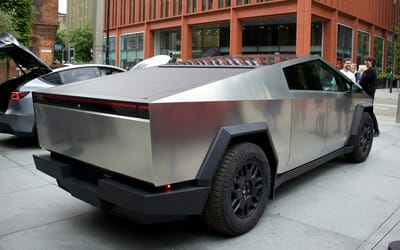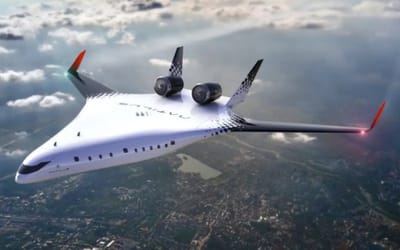Electric magnetic vacuum-tube blurs lines between train and aircraft
- FluxJet is a fully-electric high-speed magnetic train
- It’s a hybrid between a train and a plane, which will travel as fast as 1,200 km/h in rural areas
- As well as reducing travel time, it will also reduce CO2 emissions by 636,000 tonnes per year
Published on Jan 26, 2024 at 8:38 PM (UTC+4)
by Adam Gray
Last updated on Feb 01, 2024 at 2:22 PM (UTC+4)
Edited by
Alessandro Renesis
Is it a train? Is it a plane? No, it’s actually a new electric magnetic vacuum-tube.
Think of it a bit like the vacuum tubes seen in hospitals or old government buildings.
But instead of carrying paperwork, it will carry passengers instead.
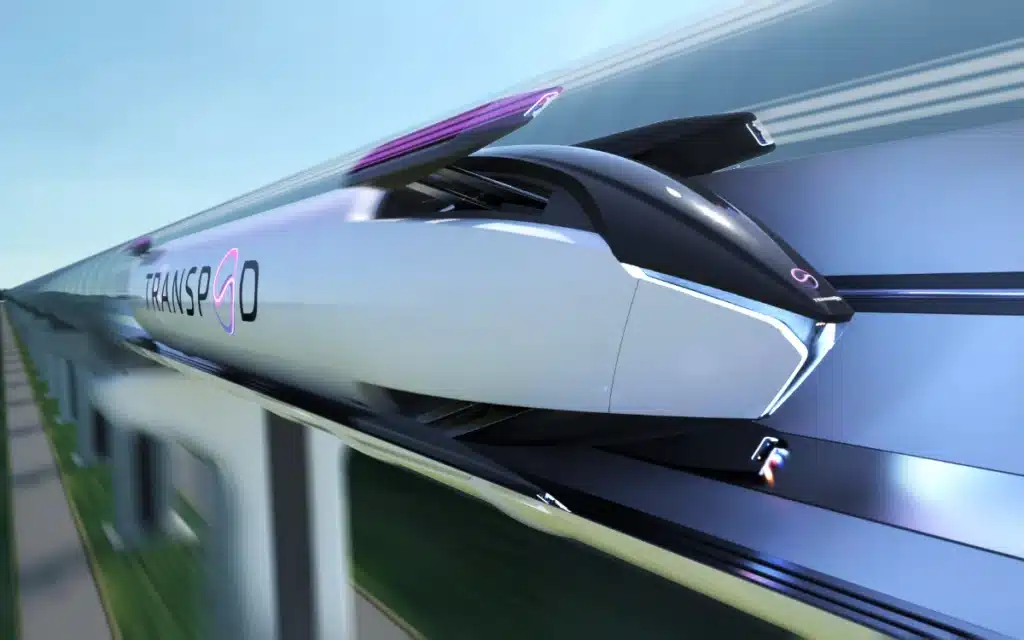
READ MORE! Singapore’s Changi Airport named best airport in the world for 2023
We’ve seen the biggest cruise ship ever made that’s setting sail this month, and even a Rolls-Royce hydrogen jet engine that could change flights forever – but this is something entirely different.
Canadian startup, TransPod, is in the process building the world’s leading ultra-high-speed ground transportation system, the TransPod Line.
The network system will have stations in key locations and major cities, featuring high-frequency departures designed to enable fast, affordable, and safe travel.
Operating on that network system will be FluxJet – a fully-electric, high-speed magnetic train that’s effectively a hybrid between a train and a plane, inside an electric magnetic vacuum-tube.
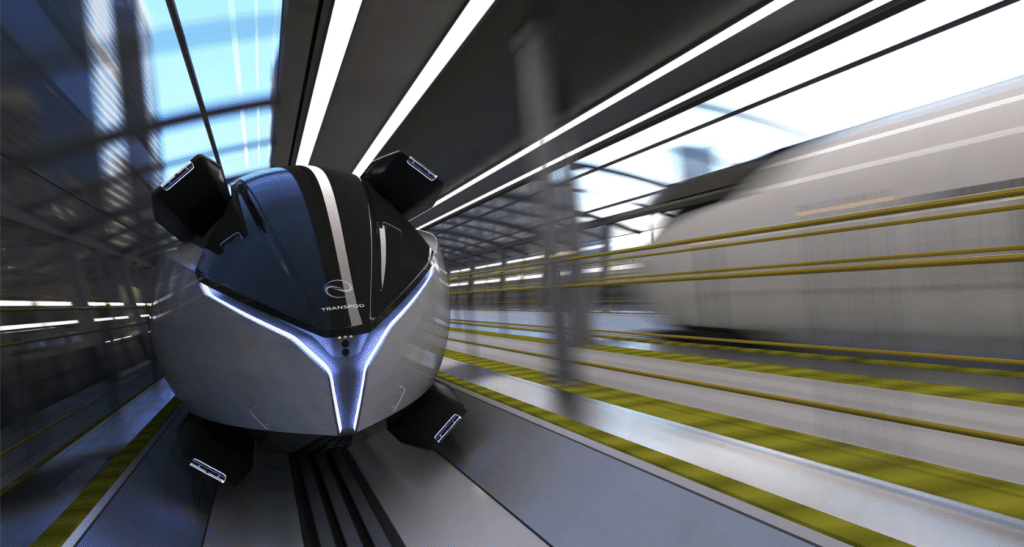
Apparently, FluxJet will zip along the line at 1,000 km/h (621 mph).
The crazy bit is, that’s not even its top speed.
FluxJet will reach a top speed of 1,200 km/h (746 mph) in a vacuum tube.
Just like a conventional train, FluxJet will travel at 90 km/h (55 mph) near urban areas.
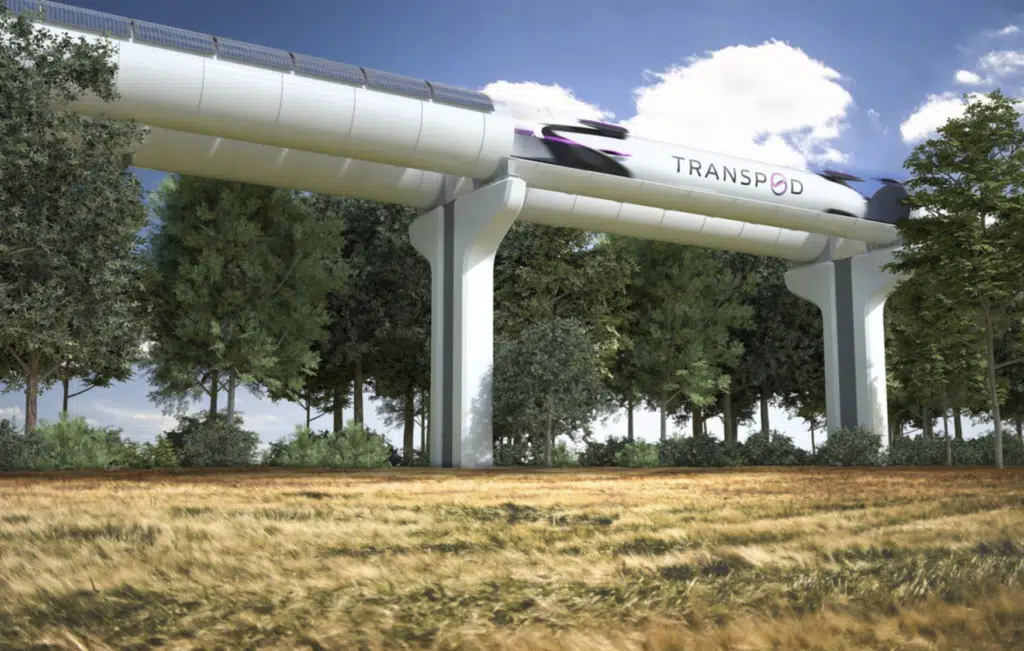
However, when it heads out into rural areas, it will enter a launch booth, which creates a vacuum in the tube and uses a sort of air pump to propel the train.
After reaching a fast enough speed magnetic drives will active, allowing the train to maintain speed without the need to roll, thus avoiding friction.
“This milestone is a major leap forward,” said Ryan Janzen, co-founder and CTO of TransPod.
“The FluxJet is at a nexus of scientific research, industrial development, and massive infrastructure to address passengers’ needs and reduce our dependence on fossil-fuel-heavy jets and highways.”
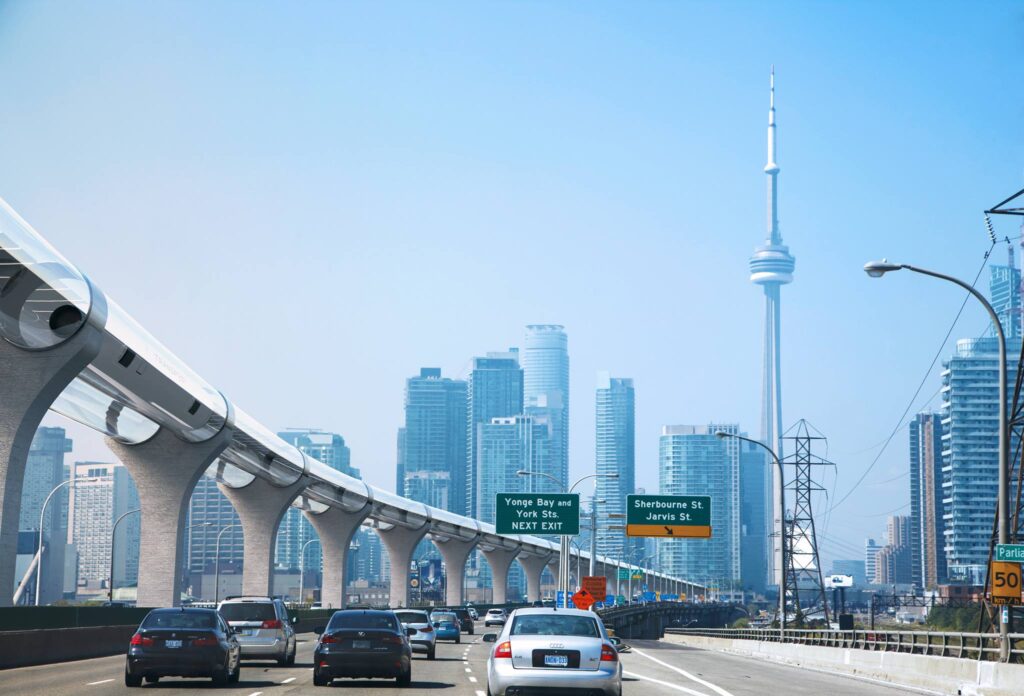
So how much is new tech going to cost?
It’s a pricey project, costing about $18 billion, but the company has already secured funding of $550 million from US-based Broughton Capital Group, in cooperation with China-East Resources.
While the project’s costing an eye-watering sum, it will apparently create up to 140,000 jobd and add $19.2 billion to the region’s GDP throughout construction.
Add to that reducing travel time and cutting CO2 emissions by 636,000 tonnes per year, and it all sounds incredibly promising.
DISCOVER SBX CARS: The global premium car auction platform powered by Supercar Blondie

Adam Gray is an experienced freelance motoring journalist and content creator based in the United Kingdom. Using his media accreditation with manufacturers’ press offices, Adam test drives the latest cars and attends new vehicle press launches, producing written reviews and news pieces for a variety of lifestyle and business publications. Here at Supercar Blondie, Adam applies his journalistic skills penning social-first content around current news and trends. When he’s not behind the wheel of the latest car or writing up another viral story, Adam can be found at his local rink playing ice hockey or at the Riverside Stadium supporting his beloved Middlesbrough FC.
